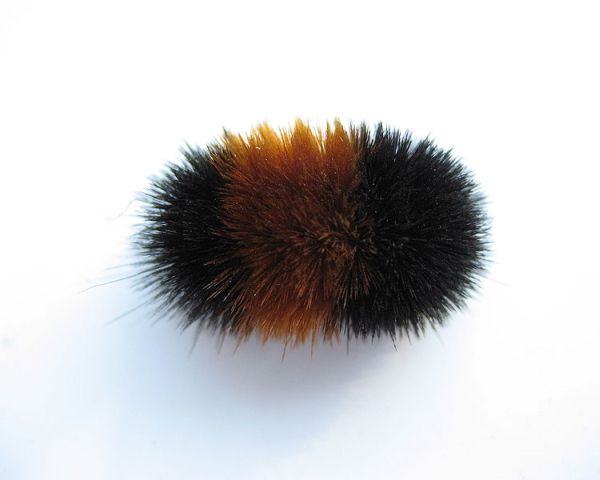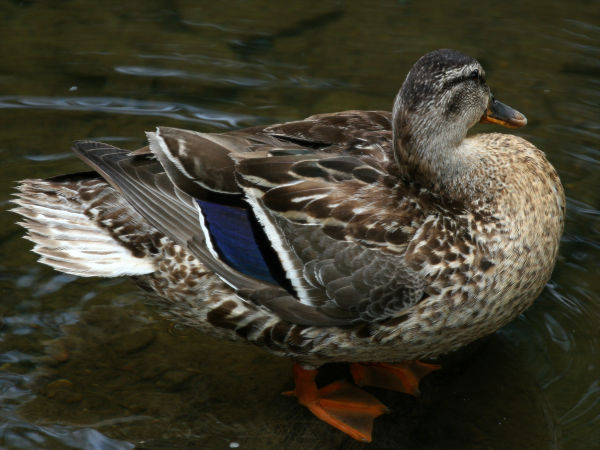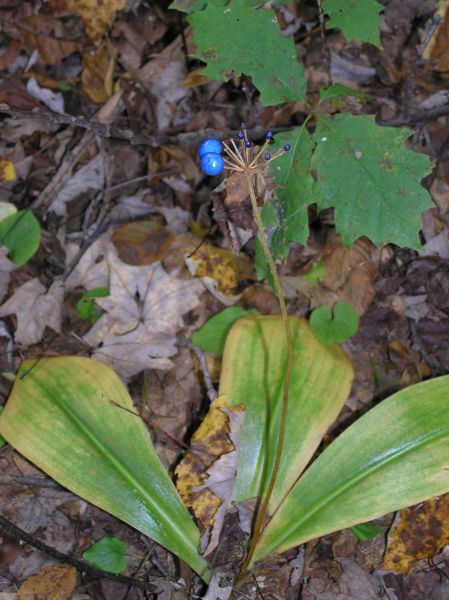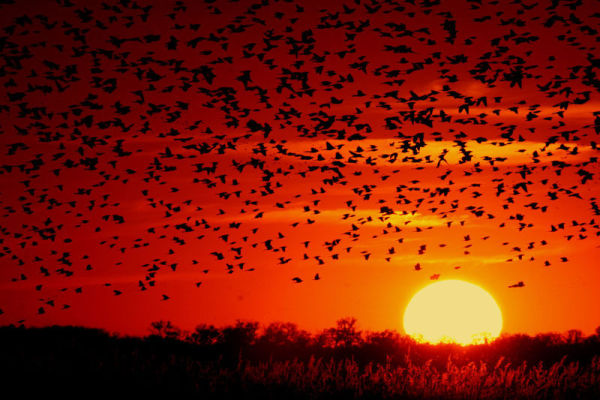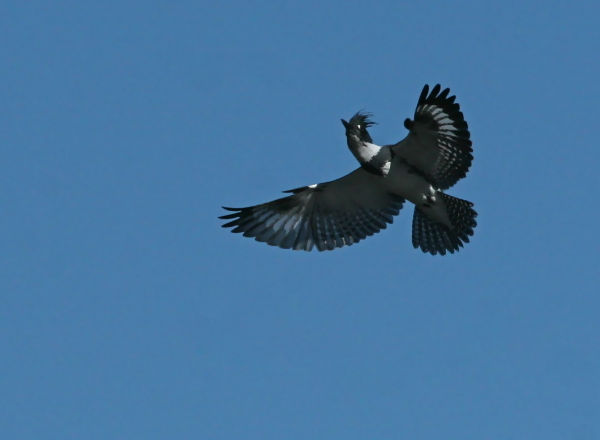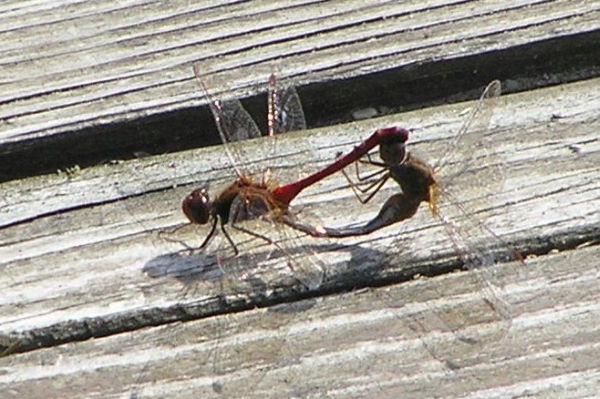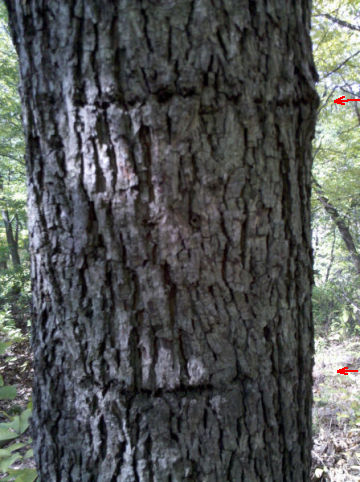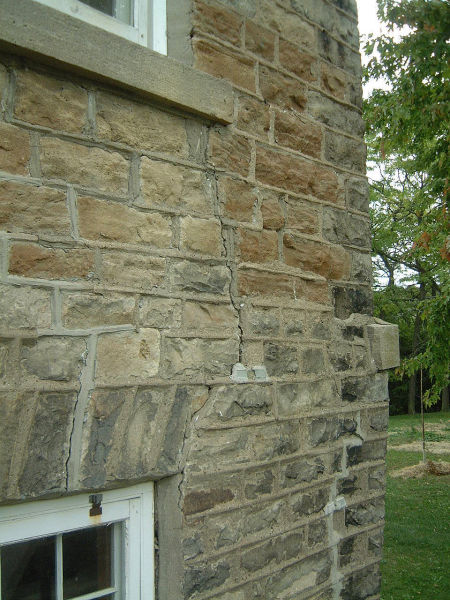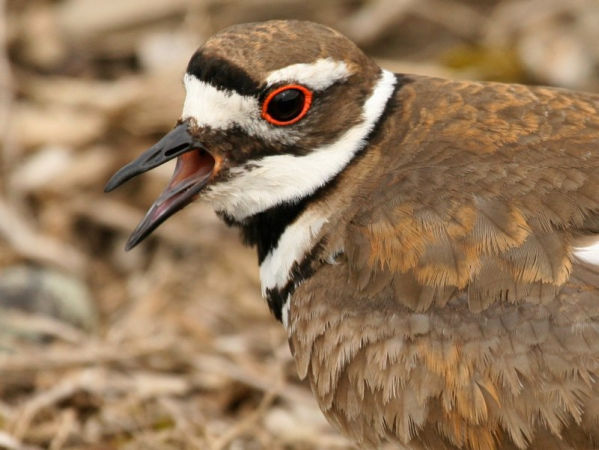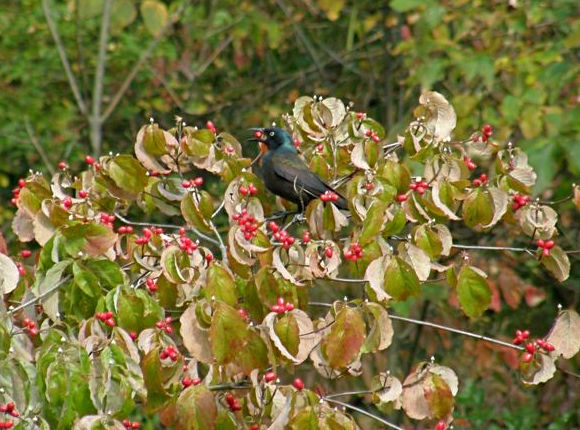More amazing than a Transformer toy that changes from a robot into a spaceship, this woolly bear caterpillar will wrap himself in a cocoon and spend the winter transforming into this.
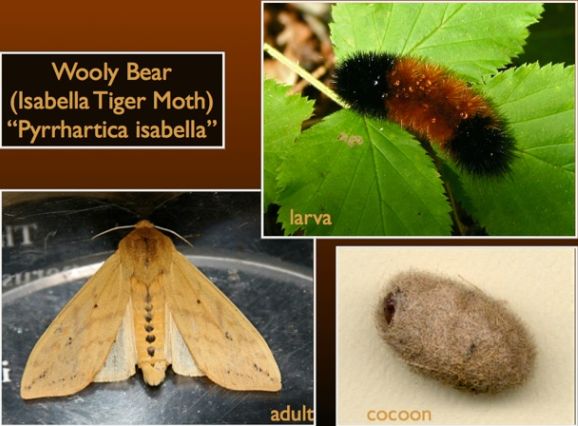
Odd and ugly caterpillars become beautiful moths.
Who becomes what?
Chuck Tague’s guide to caterpillars and moths has the answers in photographs. See A Game of Cat and Moth: caterpillars and what they become.
(photo of solo caterpillar by Christopher Jones from Wikimedia; click on the photo to see the original. Slide by Chuck Tague)
